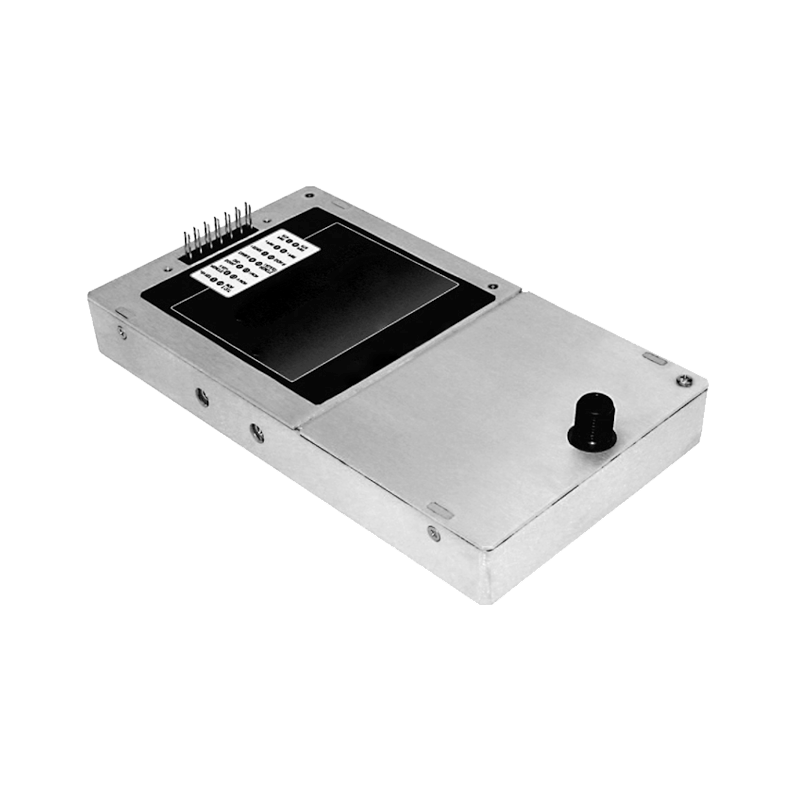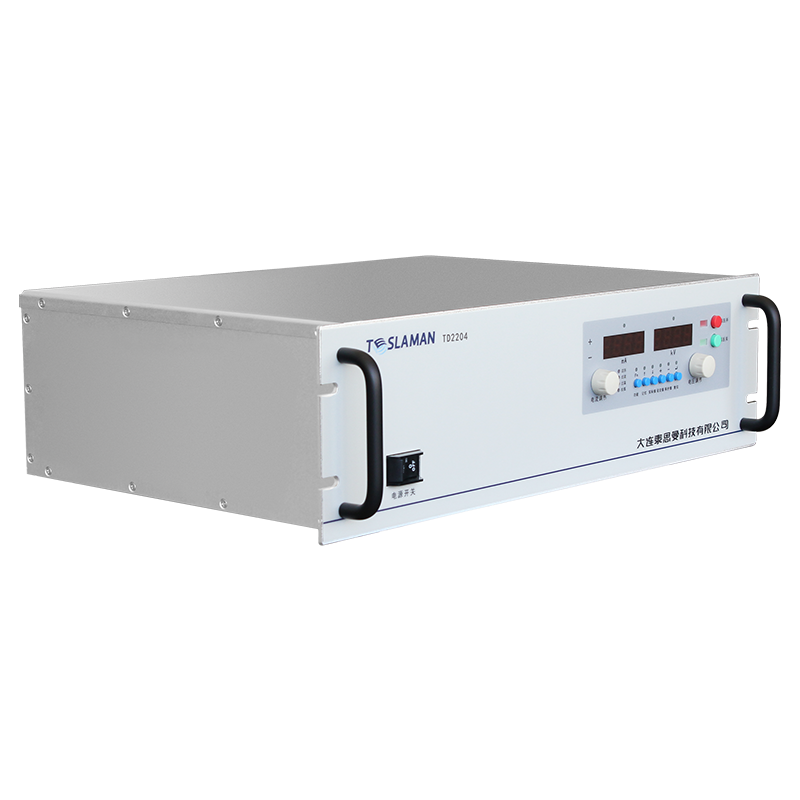Ion Beam Energy Uniformity of High-Voltage Power Supplies in Ion Beam Systems
In high-end application fields such as material surface modification and semiconductor device manufacturing, ion beam systems hold a significant position due to their precise material processing capabilities. The uniformity of ion beam energy directly determines the consistency of the processed material surface and the performance of devices. As the core energy-supplying component of ion beam systems, the performance of high-voltage power supplies has a decisive impact on the uniformity of ion beam energy.
The working mechanism of ion beam systems is based on the acceleration and control of ions in an electric field. High-voltage power supplies generate a stable accelerating electric field to accelerate ions produced by the ion source to a specific energy level. In an ideal state, a uniform accelerating electric field enables ions to acquire consistent energy. However, in practical applications, fluctuations in the output characteristics of high-voltage power supplies can lead to variations in the energy of the ion beam. For example, slight fluctuations in the power supply voltage can change the acceleration energy of ions, causing some ions in the ion beam to have excessively high or low energy, thus disrupting energy uniformity and resulting in inconsistent material surface processing depths or discrete device parameters.
The factors influencing the ion beam energy uniformity of high-voltage power supplies in ion beam systems are complex. Firstly, power supply ripple is a major source of interference. Even millivolt-level ripple voltage superimposed on the accelerating voltage can cause fluctuations in the energy acquired by ions during acceleration, resulting in a dispersed energy distribution of the ion beam. Secondly, load changes significantly affect the stability of power supply output. When the ion beam bombards different materials or is in different processing stages, the system load changes dynamically. If the high-voltage power supply cannot respond quickly and maintain a stable output, the intensity of the ion accelerating electric field will change accordingly, thereby affecting the uniformity of ion beam energy. Additionally, component aging and temperature drift effects within the power supply, as well as external electromagnetic environmental interference, can also negatively impact the uniformity of ion beam energy.
To enhance ion beam energy uniformity, efforts should be made in both power supply design and system optimization. In terms of power supply design, multi-stage filtering and high-precision voltage regulation technologies are employed, combined with advanced digital control algorithms to monitor and dynamically adjust the output voltage in real-time, suppressing the ripple to an extremely low level. Meanwhile, the power supply topology is optimized to enhance its load adaptability, ensuring stable output even when the load changes. At the system level, a closed-loop feedback control system is constructed. Ion energy detectors are used to monitor the energy distribution of the ion beam in real-time, and the data is fed back to the control unit of the high-voltage power supply to achieve precise adjustment of the accelerating voltage. Additionally, electromagnetic shielding is designed for the power supply, and aging-resistant and low-temperature-drift components are selected to reduce the impact of environmental factors on the power supply performance.
By optimizing the performance of high-voltage power supplies and improving system control, the uniformity of ion beam energy can be effectively enhanced, providing a reliable guarantee for high-precision material processing and device manufacturing. In the future, with continuous innovation in related technologies, high-voltage power supplies for ion beam systems will develop towards higher stability and higher precision, promoting the application and breakthroughs of ion beam technology in more cutting-edge fields.




















